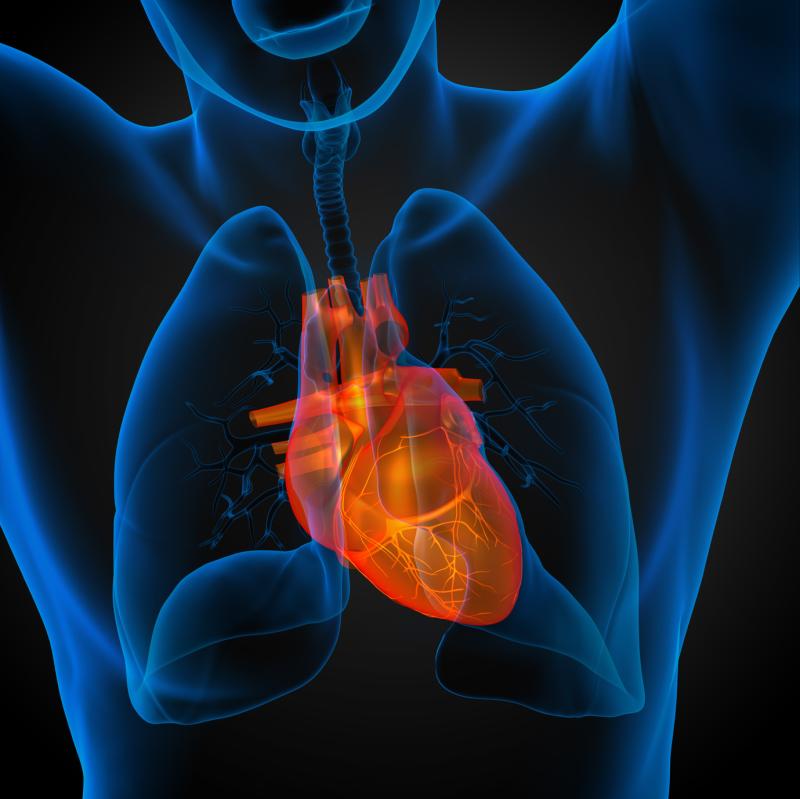
Arterial stiffening compromises exercise capacity and cardiorespiratory fitness in patients with coronary artery disease (CAD) and myocardial infarction, a recent study has found.
Researchers performed a cross-sectional analysis of 96 CAD patients with myocardial infarction (mean age, 55.9±10.9 years; 81 males), in whom carotid-femoral pulse wave velocity was used for the assessment of arterial stiffness. Cardiorespiratory fitness was measured primarily through peak oxygen uptake.
Grouping participants into tertiles of arterial stiffness revealed an inverse correlation with cardiorespiratory fitness. For instance, those in the topmost tertile showed significantly lower oxygen uptake than the second and first tertiles (23.3±4.9 vs 28.3±5.5 and 31.3±6.0 mLO2·kg-1; p<0.001). The difference between the second and first tertiles was not significant (p=0.13).
Setting the arterial stiffness threshold at 10 m/s, researchers found that 30 patients (31.3 percent) went over this value and were classified as high-risk. These patients had significantly reduced peak oxygen uptake than their counterparts whose arterial stiffness did not exceed the cut-off (23.0±4.7 vs 29.8±6.2 mLO2·kg-1; p<0.001).
The above relationships remained significant even after controlling for confounders, such as age, sex, cardiovascular risk factors and medication.
However, age continued to exert a substantial effect on the link between arterial stiffness and cardiorespiratory fitness. Younger patients with low-risk arterial stiffness had significantly better cardiorespiratory fitness than their older, high-risk counterparts (p<0.05). In contrast, the difference between younger, high-risk and older, low-risk patients was null.